Description and Identification
With a large shell up to 15" in length, this land tortoise has a domed carapace that is marked by distinct growth rings. Coloration can be horn, orange-brown, gray-brown, dark gray. The underside of the shell is usually tan or yellow. The tail is short. The hind limbs are also short but rounded and thick. The forelimbs are flattened for digging, are longer than the hind limbs. The forelimbs are armored with large, thick scales. The head is relatively small and rounded. In males the gular shields of the plastron extend out underneath the throat more so then the females. G. agassizii has a wider shell width then the Sonoran Desert Tortoise (Gopherus morafkai), making G. agassizii look more butterball-shaped.
-

-
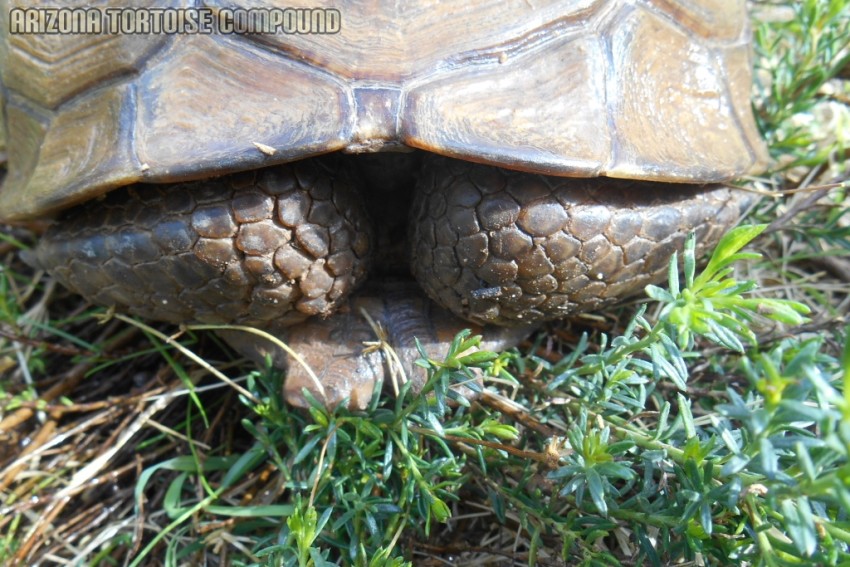
-

-
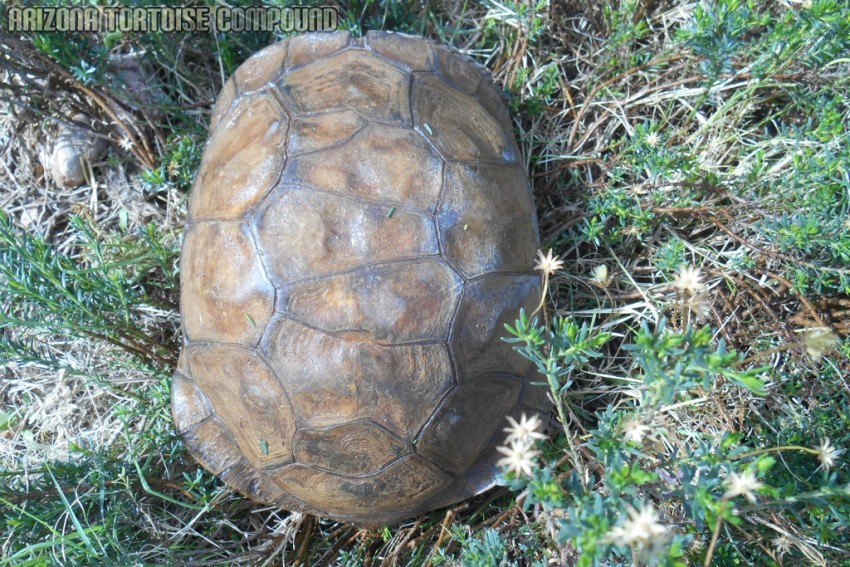
-
 Left - Gopherus morafkai (Sonoran Desert Tortoise); Center - Gopherus agassizii (Mojave Desert Tortoise); Right - Gopherus berlandieri (Texas Tortoise)Left - Gopherus morafkai (Sonoran Desert Tortoise); Center - Gopherus agassizii (Mojave Desert Tortoise); Right - Gopherus berlandieri (Texas Tortoise)
Left - Gopherus morafkai (Sonoran Desert Tortoise); Center - Gopherus agassizii (Mojave Desert Tortoise); Right - Gopherus berlandieri (Texas Tortoise)Left - Gopherus morafkai (Sonoran Desert Tortoise); Center - Gopherus agassizii (Mojave Desert Tortoise); Right - Gopherus berlandieri (Texas Tortoise) -

-
 Right - Gopherus morafkai (Sonoran Desert Tortoise); Center - Gopherus agassizii (Mojave Desert Tortoise); Left - Gopherus berlandieri (Texas Tortoise)Right - Gopherus morafkai (Sonoran Desert Tortoise); Center - Gopherus agassizii (Mojave Desert Tortoise); Left - Gopherus berlandieri (Texas Tortoise)
Right - Gopherus morafkai (Sonoran Desert Tortoise); Center - Gopherus agassizii (Mojave Desert Tortoise); Left - Gopherus berlandieri (Texas Tortoise)Right - Gopherus morafkai (Sonoran Desert Tortoise); Center - Gopherus agassizii (Mojave Desert Tortoise); Left - Gopherus berlandieri (Texas Tortoise) -

-
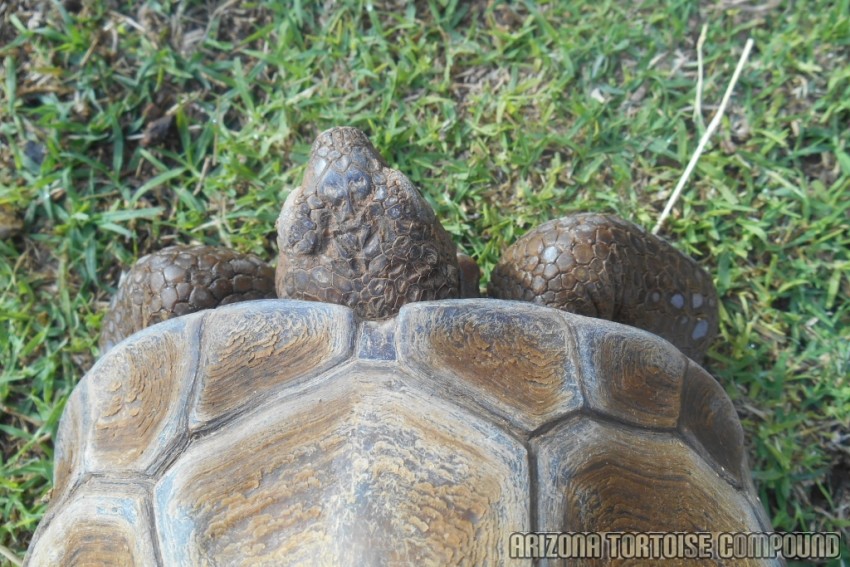
-
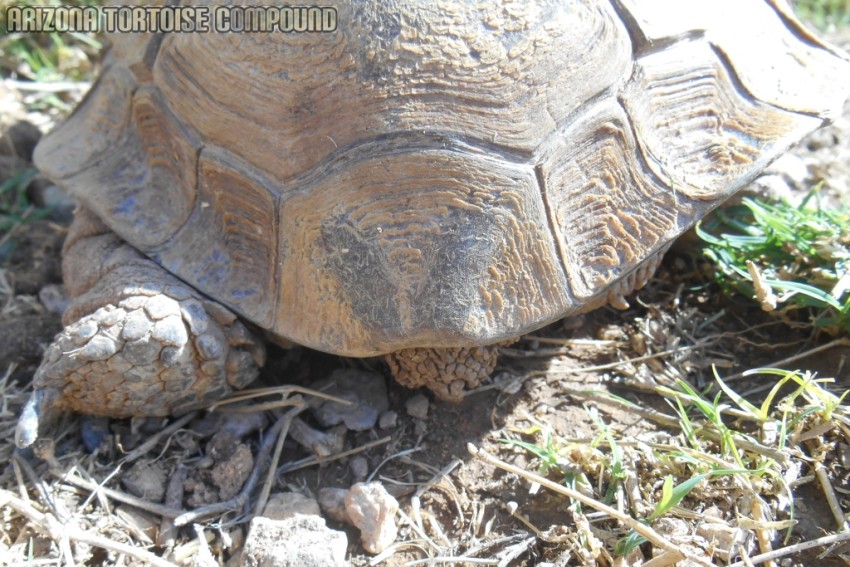
-
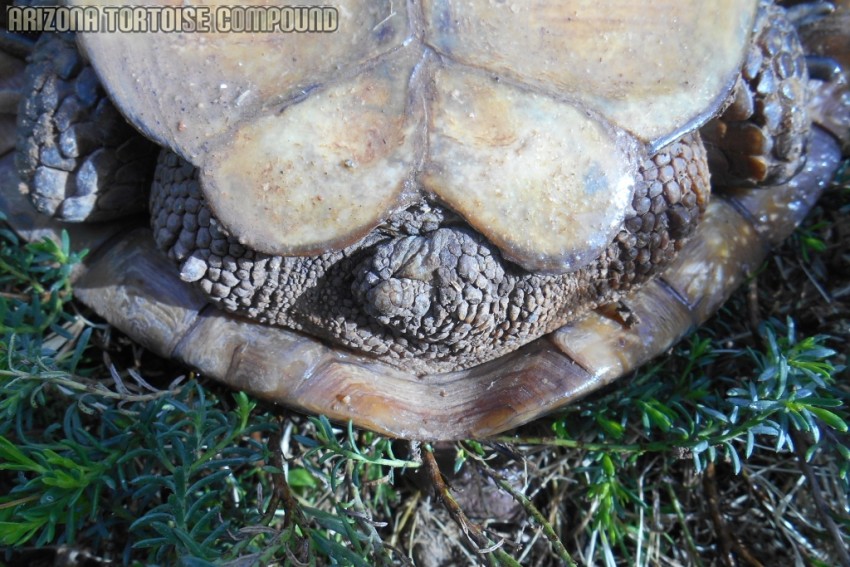
Distribution
Gopherus agassizii is distributed in western Arizona, southeastern California, southern Nevada, and southwestern Utah. Mohave Desert.
Native Habitat
Mojave Desert Tortoises can inhabit semi-arid grasslands, gravelly desert washes and sandy canyon bottoms. They have a strong proclivity in the Mojave Desert for washes and canyons where more suitable soils for den construction might be found. Tortoises show very strong site fidelity, and have well-established home ranges in which they know where their food, water and mineral resources are and who their neighbors are. Some of the highest densities of desert tortoises occur in creosotebush and creosotebush-white bursage (Ambrosia dumosa) vegetation in the western Mojave Desert.
Wild Diet
Gopherus agassizii is herbivorous, feeding on grasses, herbs, annual wildflowers, and new growth of cacti, as well as their fruit and flowers. Rocks and soil are also ingested, perhaps as a means of maintaining intestinal digestive bacteria or as a source of supplementary calcium or other minerals. These tortoises are able to conserve water due to their large urinary bladder. Most of their water intake comes from the plants and cacti they consume but during monsoon rains they can be found drinking from pools of water. Mojave Desert Tortoises are scavengers and will also feed on small berries, fruits, carrion, and excrement.
Behavior
The Mojave Desert Tortoise is terrestrial, spending most of its life in underground burrows. The feeding and activity period of this species is very short, and mostly restricted to spring. It is most active during the day in spring, early summer, and during summer rains, becoming more active in early morning and late afternoon as seasonal temperatures increase. There may be another period of activity in the early fall as new sprouts germinate. Winter hibernation begins from October to November, and often occurs in a communal den.
Reproduction
Gopherus agassizii lays more clutches per year than Gopherus morafkai (Sonoran Desert Tortoise). Courtship and breeding occur soon after emergence from hibernation in March and April. Males combat each other for access to females, using their enlarged gular horns to ram and possibly overturn another tortoise. A tortoise that cannot right itself is in danger of dying from overexposure to the sun. Females lay a clutch of 1-6 eggs from May to July, usually at the opening of or just inside a burrow. 1-3 clutches may be laid each year. The eggs typically hatch from mid August to October.
This Care Guide is an external Care Guide. While it is possible this care guide may not be for the exact species you were looking for, it provides information suitable for your species. This Care Guide link will take you away from theTurtleRoom. We only link to care guides we trust. Thanks for visiting theTurtleRoom.org.
Care GuideIf you would like to contribute to the photo gallery of any turtle or tortoise species, please email us at [email protected]. You will be credited for any photos you contribute.
| Gopherus agassizii |
| (Cooper, 1861) |
| IUCN Red List: |
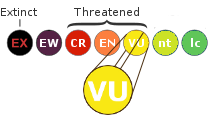 |
| Vulnerable A1acde+2cde; E (1996) |
| Order: | Testudines |
| Suborder: | Cryptodira |
| Superfamily: | Testudinoidea |
| Family: | Testudinidae |
| Genus: | Gopherus |
| species: | agassizii |
| Other Common Names: |
| California Desert Tortoise, Agassiz's Tortoise, Gopher Tortoise |
| CITES: | Appendix II |
| U.S. Legal Status: |
| ESA listed, Take illegal in entire native range (Arizona, California, Utah, Nevada). Adoption is possible through Tortoise Adoption Programs. |
Author:
Editors: Stephen J. Enders, Anthony Pierlioni, Chris Leone, Andrew S. Weber, Ben Forrest, and Andrew Hermes
Sources
Disclaimer: The Species Profiles - Natural History, Care Guide, and Photo Gallery database is an educational resource. It does not cover all Chelonian species in the world, nor does it include all the latest scientific information about the species covered. Though we edit our accounts for accuracy, we cannot guarantee all information in those accounts. While theTurtleRoom's staff and contributors provide references to books and websites that we believe are reputable, we cannot necessarily endorse the contents of references beyond our control.

This work by theTurtleRoom is licensed under a Creative Commons Attribution-NonCommercial-ShareAlike 4.0 International License.

















